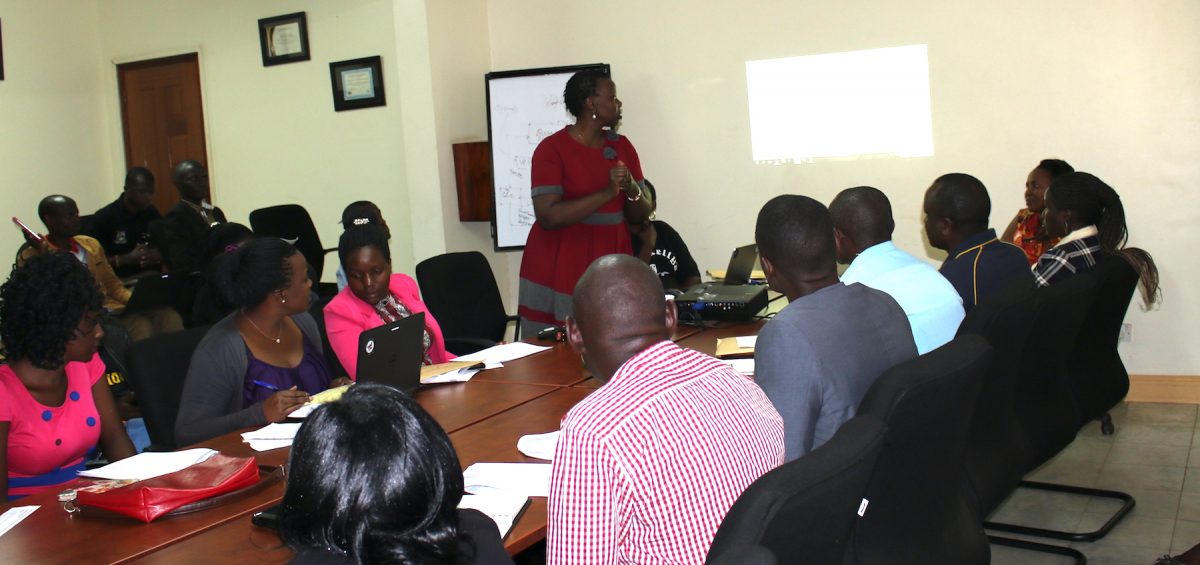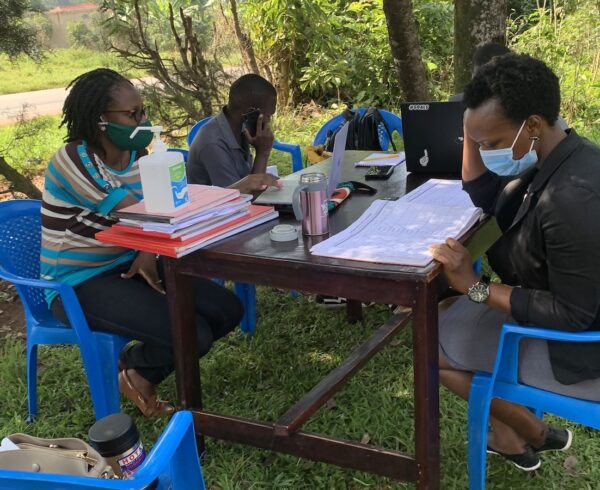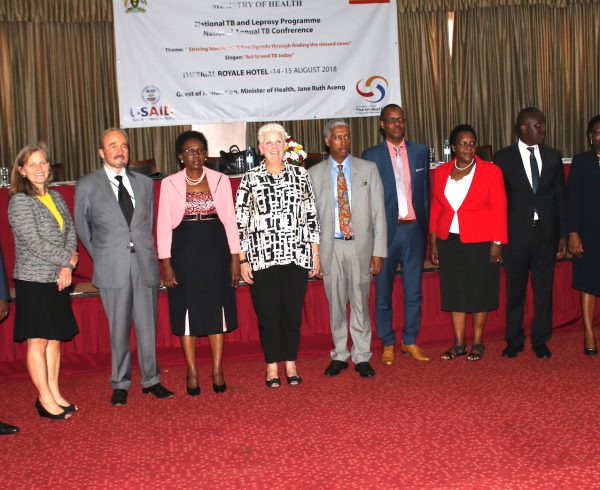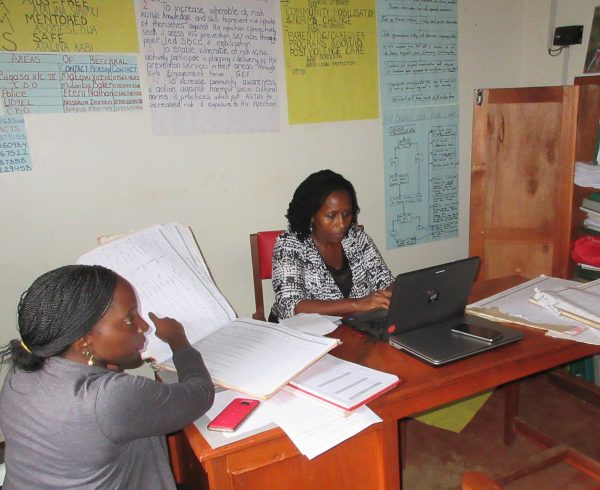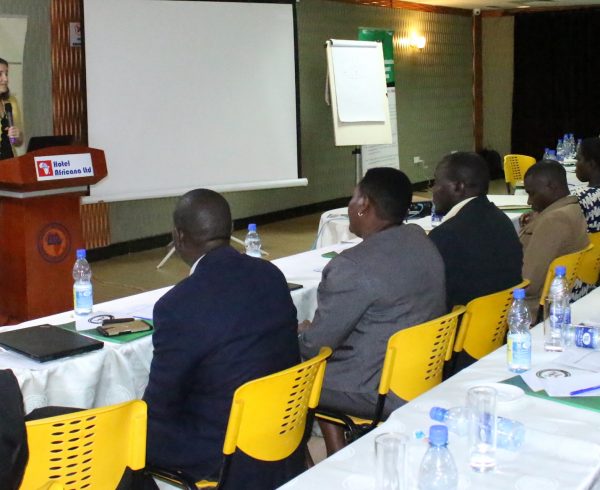In the past decade or so, Uganda has benefited from Health Systems Strengthening (HSS) support from Global Health Actors such as the Global fund to fight TB, HIV and Malaria; PEPFAR, WHO, UNAIDS, Roll back Malaria; to mention but a few. These actors have provided HSS support of varying nature and to-date, we have diverse meanings to the term “Health systems strengthening”. To the World Health Organization, HSS means improving healthcare of a given country; while to the US funded agencies, HSS is simply a term that describes activities initiated in the six internationally accepted core HSS functions namely governance and leadership, human resources for health, service delivery, medical supplies and technologies, health information and health financing; a definition that will be adopted in this article.
Many other definitions slightly different definitions exist in the literature. Despite the differing meanings in HSS, there seems to be agreement at the global level that the low and middle-income countries need to have their health systems strengthened. However, how these systems should be strengthened and how this support should be measured and evaluated remains unclear.
Indeed, tracking HSS support that are effective in improving health systems performance and monitoring changes as a result of HSS support has been a challenge mainly because there is no consensus yet on the indicators to be used at the global and national level. In Uganda, initial attempts to define such indicators were made through the District Led Programming initiative, which defined the minimum standards for Implementing Partner (IP) support to the District Local Governments – the entities for implementation of health service delivery. These tailor-made standards were used and formed the basis for monitoring HSS support provided by the US funded – Centres for Disease Control and prevention (CDC) support to Uganda. Using the standards, a tool; called the District Performance Monitoring Standard (DPMS) tool was developed and regularly used to track the HSS support in all CDC supported districts in Uganda. This article will summarize the findings of the most recent results from the DPMS assessment that was conducted by the CDC funded Makerere University School of Public Health Monitoring and Evaluation Technical Support (METS) Program in collaboration with the Ministry of Health, Uganda
CDC supports the Ministry of Health to strengthen district health systems in 50 districts in Uganda. This support is channelled through two mechanisms: the site level district-based implementing partners such as BAYLOR, Infectious Disease Institute, Mildmay Uganda and others; above site mechanisms such as METS, AFENET to mention but a few. The METS Program provides strategic information technical assistance for the Ministry of Health (MoH) among other HSS support. In March 2017, the MakSPH METS Program was mandated to conduct the follow-on DPMS and compare findings to the benchmarking exercise that was done by the Ministry of Health In August 2014 to February 2015. The main objective of the assessment was to analyse the changes in the EIGHT domains of the Health System, after about 24 months of intervention. These domains included: Governance and Leadership, Planning and coordination, financial management, Human resources for health, Service delivery, laboratory, supply chain management and health information systems.
The standards were measured using a scoring system with colour codes ranging from Red Yellow, Light green and Dark green. Data on the scores for each of the standards was automatically analyzed in real time to display performance per domain per district. Scores were generated following the tool specific scale from 0 – 3, equivalent to: 0 = needs urgent remediation, 1 = needs improvement, 2 = meets basic expectations, 3 = surpasses basic expectation. Final scores in percentage (%) for each of the standards and the overall score were computed and presented by district using an online dashboard to match the inbuilt scale of 0 – 3 by colour. Data analysis was done using STATA.
Findings of the DPMS assessment showed that, overall, all domains showed improvements from the benchmark except for the Health information systems. Of the eight domains, the performance of the districts in the planning and coordination domain was the strongest, followed by the service delivery and human resources for health domains in that order. The worst performing domain was financial management (see figure 1 below).
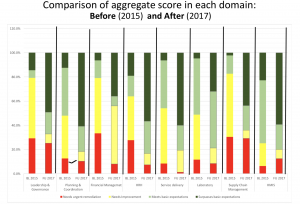
Figure 1
In conclusion this assessment revealed an improvement in health system performance during the past two years of implementation of the health systems strengthening approaches or interventions in the CDC supported districts. Further evaluation of the elements that have been a success in strengthening the district health systems is critical so that districts and partners can continue to promote and maintain these aspects especially as we prepare the districts to take charge of the public health response and improve sustainability.

